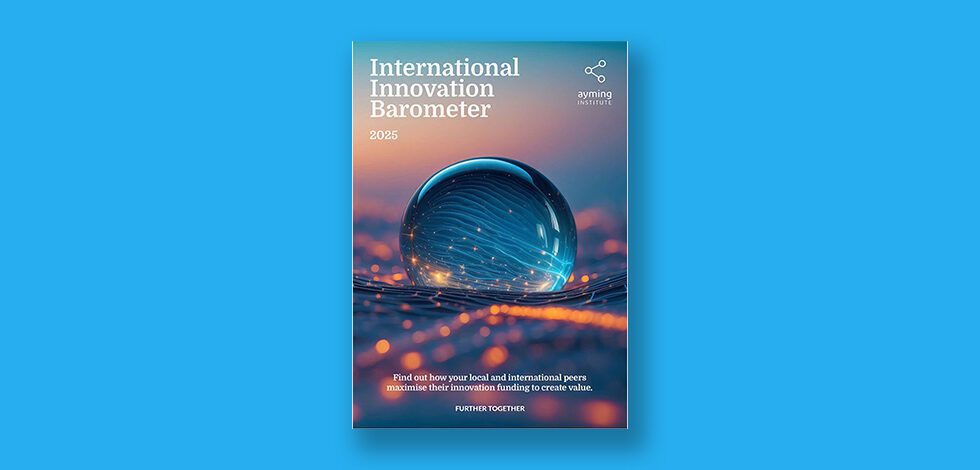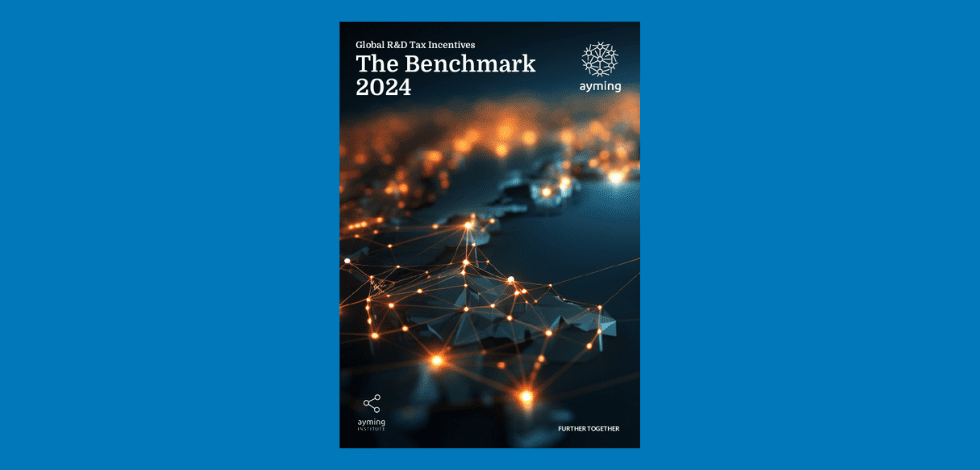As manufacturers have come to learn adaptation is necessary for survival, many lack a clear understanding that technology is adapting in unison. With this in mind, manufacturing systems and applications are rapidly becoming a tangled web of integration. More specifically, many manufacturers design systems with varying standards, capabilities, and connections in an effort to keep pace with the marketplace. Fortunately, these types of iterative efforts are regularly rewarded under §41 of the Internal Revenue Code (“R&D Tax Credit”). With companies regularly dedicating significant time and resources to execute complex system integrations, the R&D tax credit can go to work for you and help you recoup a portion of the time allocated and the dollars spent.
No day goes by where we encounter a company, employee, or an executive that does not qualify for the R&D tax credit because “we are not doing R&D.” The perception of the R&D Tax Credit is often white coats in a laboratory developing new inventions or patents completely new to the world. This is not the case. Under both the Federal R&D tax credit and numerous State programs, the threshold for what constitutes qualified activity under the R&D Tax Credit is well within the purview of daily activities conducted by systems integrators. Such qualifying activities are outlined in Treasury Regulations Sec. 1-41.4 often referred to as the “four-part test” and further detailed below:
- New and Improved Business Component;
- Elimination of Uncertainty;
- Process of Experimentation; and
- Technological in Nature.
With the above criteria outlined above, think of a system integration project recently conducted by you or your team. First, did you and your team execute a design that improved system functionality, reliability, or capability? Second, throughout this design process, did you and your team experience technical uncertainty related to the appropriate design, methodology, or capability of doing so? Third, throughout the design process, did you and your team evaluate one or more alternatives to achieve the final design? Lastly, did your team rely upon hard sciences such as physics, computer science, or engineering?
For systems integrators, the answers to the above questions are regularly answered in the affirmative. With this in mind, you and your company have a strong likelihood of qualifying for valuable R&D tax credits. Do not let your innovative efforts and capabilities go unrewarded – Ayming USA is uniquely positioned to maximize your benefit while simultaneously walking you through the process to ensure a complete and comprehensive understanding of each step for qualification. While you run your business, we will provide the expertise needed to maximize the dollars available to you.











No Comments